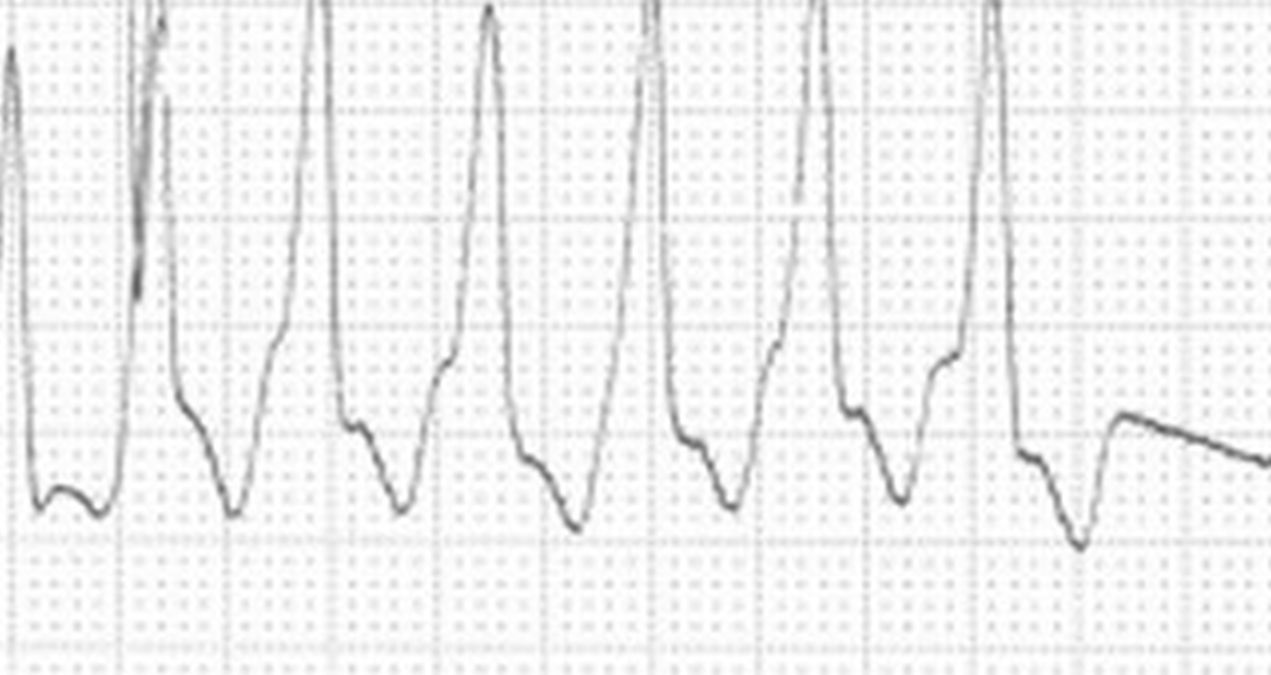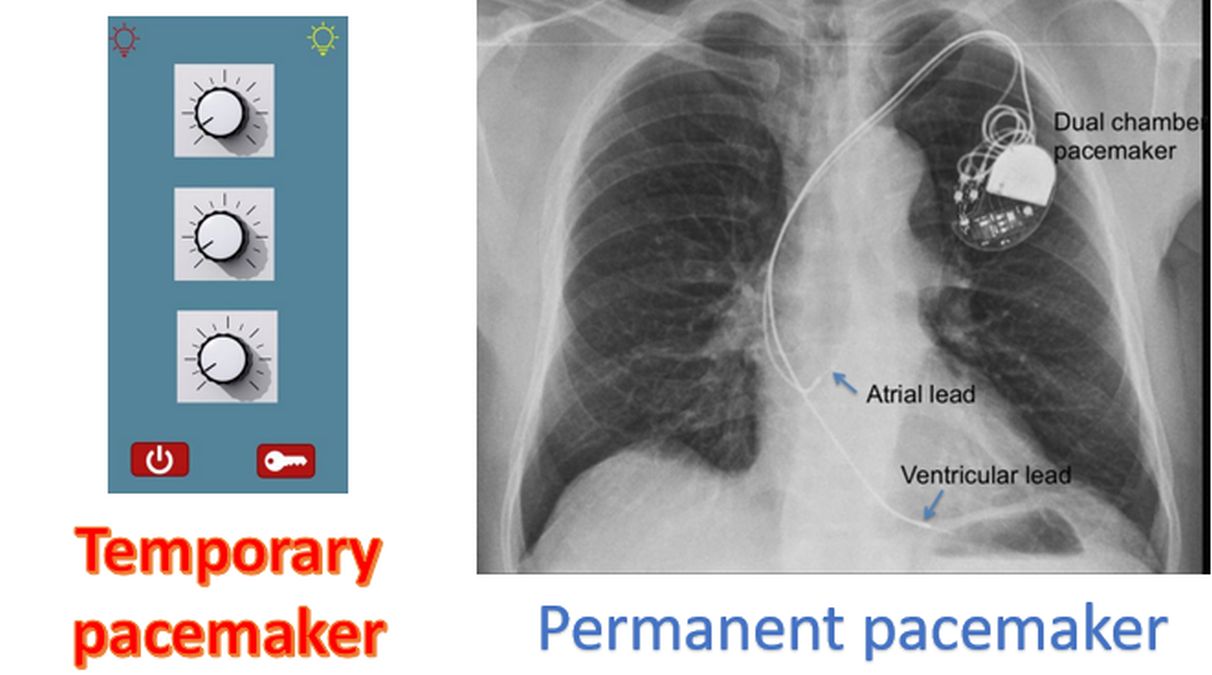What are the dangerous signs on Holter monitoring?
What are the dangerous signs on Holter monitoring?
ഹോൾട്ടർ നിരീക്ഷണത്തിലെ അപകടകരമായ അടയാളങ്ങൾ എന്തൊക്കെയാണ്?
Holter monitoring is an ambulatory ECG monitoring, usually with a digital recorder, attached to a belt. ECG is the recording of electrical activity of the heart. Two or three channels are usually recorded with an appropriate number of patch electrodes attached to the chest. Holter monitoring is usually done when a heart rhythm abnormality is suspected.

Dangerous signs to look for on a Holter tracing are life threatening fast and slow heart rhythms. Here is a long pause which could cause giddiness or transient loss of consciousness. In this case the natural pacemaker of the heart known as sinus node, has stopped functioning for some time. This occurs in a disease known as sick sinus syndrome (SSS).

This ECG shows complete heart block. Complete heart block is the situation in which signals from the upper chambers are not reaching the lower chambers as they are blocked in between. Both complete heart block and sick sinus syndrome will require implantation of an artificial pacemaker to maintain the heart rate by giving timed electrical signals.

This is a dangerous fast rhythm originating from the lower chambers known as ventricular tachycardia. This has to be treated promptly with medications. If it is not responding to medications, a controlled electrical shock with a medical device known as defibrillator, has to be given to correct it.

Most dangerous heart rhythm abnormality is ventricular fibrillation, shown in this ECG strip. In this condition heart remains in cardiac arrest and the person will die unless immediate electrical shock with a defibrillator is given to correct it. Chest compression and artificial breaths (cardiopulmonary resuscitation or CPR) has to be given till a defibrillator is available.

Intermittent abnormal beats arising from the lower chambers of multiple types as shown here can also be a forerunner of more dangerous heart rhythm disorders.

Here we can see the diagram of a temporary pacemaker and X-ray of a person with permanent pacemaker.




